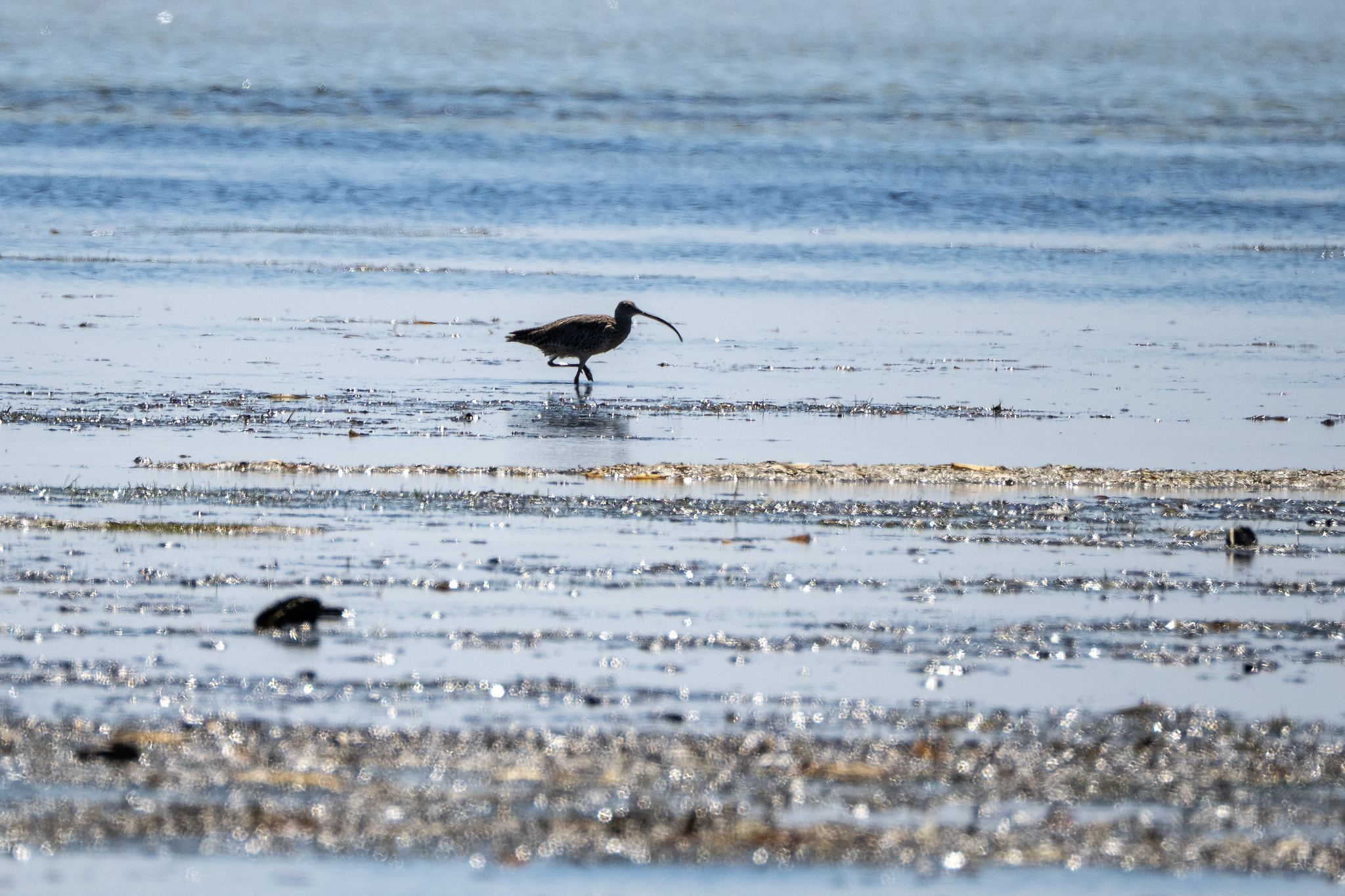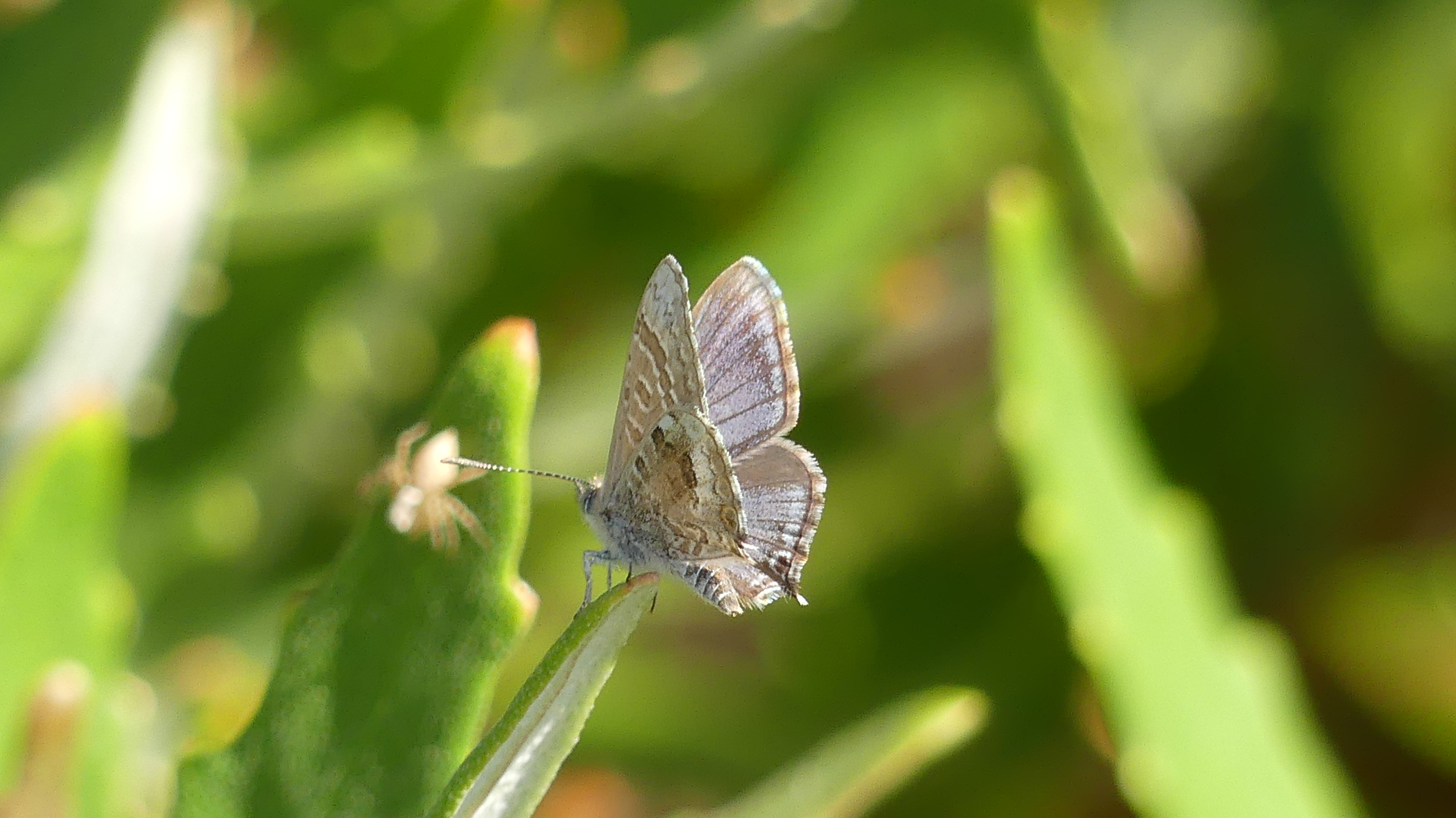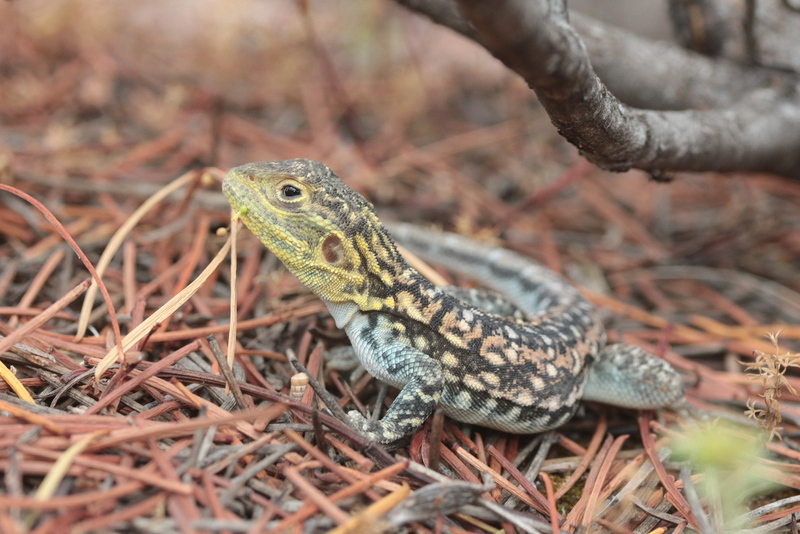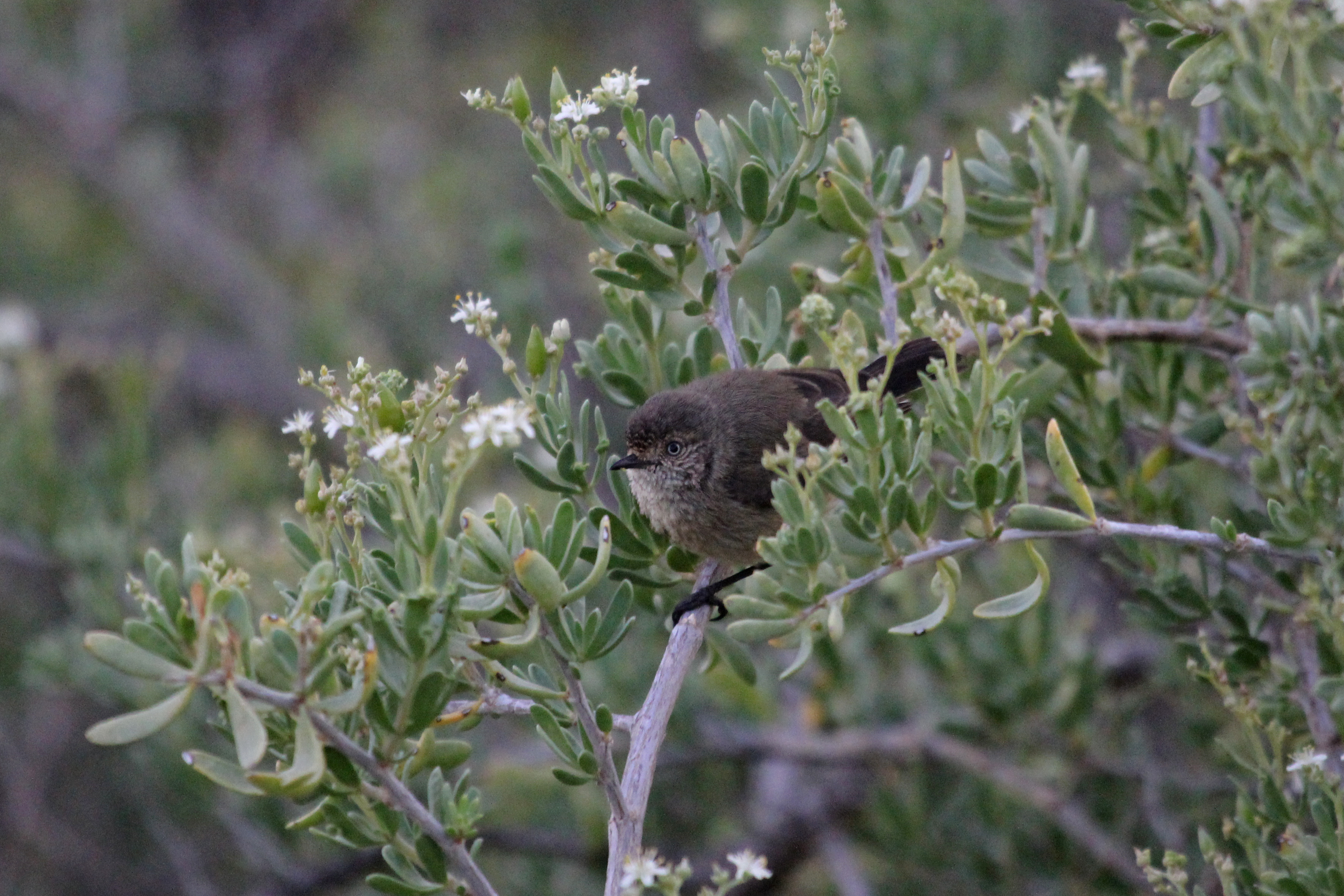Sharing our shores
Our Sharing our Shores with Coastal Wildlife program is all about how we care for and manage our coastline, with respect to the species that live and breed there.
Adelaide’s coasts provide important habitat for a range of coastal bird species, including migratory and beach-nesting shorebirds, as well as reptiles and butterflies.
But many of these species are under increasing pressure from things like urban expansion, pest animals and climate change.
Sharing our Shores seeks to maintain conservation and community awareness of coast and marine wildlife and habitats, provide conservation outcomes and facilitate restoration works to support our valued species.
The program includes:
- conserving habitat and implementing wildlife conservation plans for migratory shorebirds and beach-nesting birds
- conserving focus species of the Metropolitan Adelaide and Northern Coastal Action Plan (MANCAP) – hooded plovers, coastal butterflies, coastal reptiles (such as the painted dragon), and the samphire thornbill
- protecting iconic marine species – seadragons and Indo-Pacific bottlenose dolphins.
Our partnerships are critical in delivering our Sharing our Shores program. Together we focus on these key species:
Beach-nesting birds
In partnership with BirdLife Australia, we support local councils, Landscapes Hills and Fleurieu, Landscapes Northern and Yorke, National Parks and Wildlife Service SA, and community volunteers to manage beach-nesting bird sites.
This includes hooded plovers, red capped plovers, fairy terns and oystercatchers.
This includes monitoring species and pest management, installing temporary nest fencing and signage, providing community education and outreach, and educating and influencing in relation to dog management.

Related resources:
- Fairy Tern Monitoring Report 2023/24
- Hooded Plover Monitoring Report 2022/23
- Shorebird Population Monitoring 2022/23
Migratory shorebirds
We also work with partners from BirdLife Australia, local councils, Landscapes Northern and Yorke, National Parks and Wildlife Service SA, and community volunteers to manage migratory shorebird populations and habitats.
These birds have experienced dramatic declines in populations due to extensive habitat loss across the entire East Asian-Australasian Flyway.
For the past 15 years, we have contributed funding to support annual shorebird population monitoring within Gulf St Vincent, which has provided valuable data to better understand the species that live on, or visit, our coastline.
We also contribute by providing revegetation and fencing works to limit disturbance around these species during the critical nesting and breeding season.

Coastal butterflies
In collaboration with local landholders and researchers we work to restore and connect valuable butterfly habitat along our coastline.
This is a key action in our rewilding program, in order to re-establish critical species such as the yellowish sedge skipper, bitterbush blue, satin azure, model grass skipper.
These works also include regular surveying and monitoring of both donor and release sites.

Related resources:
- Bitterbush Blue Butterfly Action Plan 2017
- Bitterbush Blue Re-evaluation Report 2023
- Coastline Azures Report 2022
- Diamond Sand Skipper Consolidation Report 2024
- Diamond Sedge Skipper Mini Management Plan 2024
- Protection of Heath Fringe Blue Butterfly Report 2024
- MANCAP Butterfly Species Assessment 2025
- Mottled Grass Skipper Butterfly Baseline Coastal Distribution 2022
- Yellowish Sedge Skipper Consolidation Report 2025
Painted dragons
Working with local councils, community volunteers, and DEW, we are leading a project to rewild regionally endangered painted dragons into suitable sites on the central Adelaide coastline.
Painted dragons were once found along the entire metropolitan coastline, but coastal erosion and subsequent habitat loss has meant that over time, these creatures are only found in a few locations on Adelaide’s northern coast.
This translocation program has relied on successfully revegetating areas of the coast and undertaking extensive weed control, to recreate habitat that best suits painted dragons.

Related resources:
Shrubby samphire
We are working with local councils, community volunteers, and DEW to recover shrubby samphire along our coasts.
This long-lived and important habitat-creating plant species suffered significant dieback in southern Australia in recent years, including in metropolitan Adelaide.
Shrubby samphire is not only a critical component of the vulnerable plant community in which it lives, but it also provides essential habitat to the vulnerable slender-billed thornbill (also known as the samphire thornbill).
See our resources section below for the Local Recovery Plan that is underway to help shrubby samphire.

Related resources:
- Shrubby Samphire Recovery Plan 2024
- Shrubby Samphire Seed Germination Responses 2025
- Slender-billed (Samphire) Thornbill Survey 2024